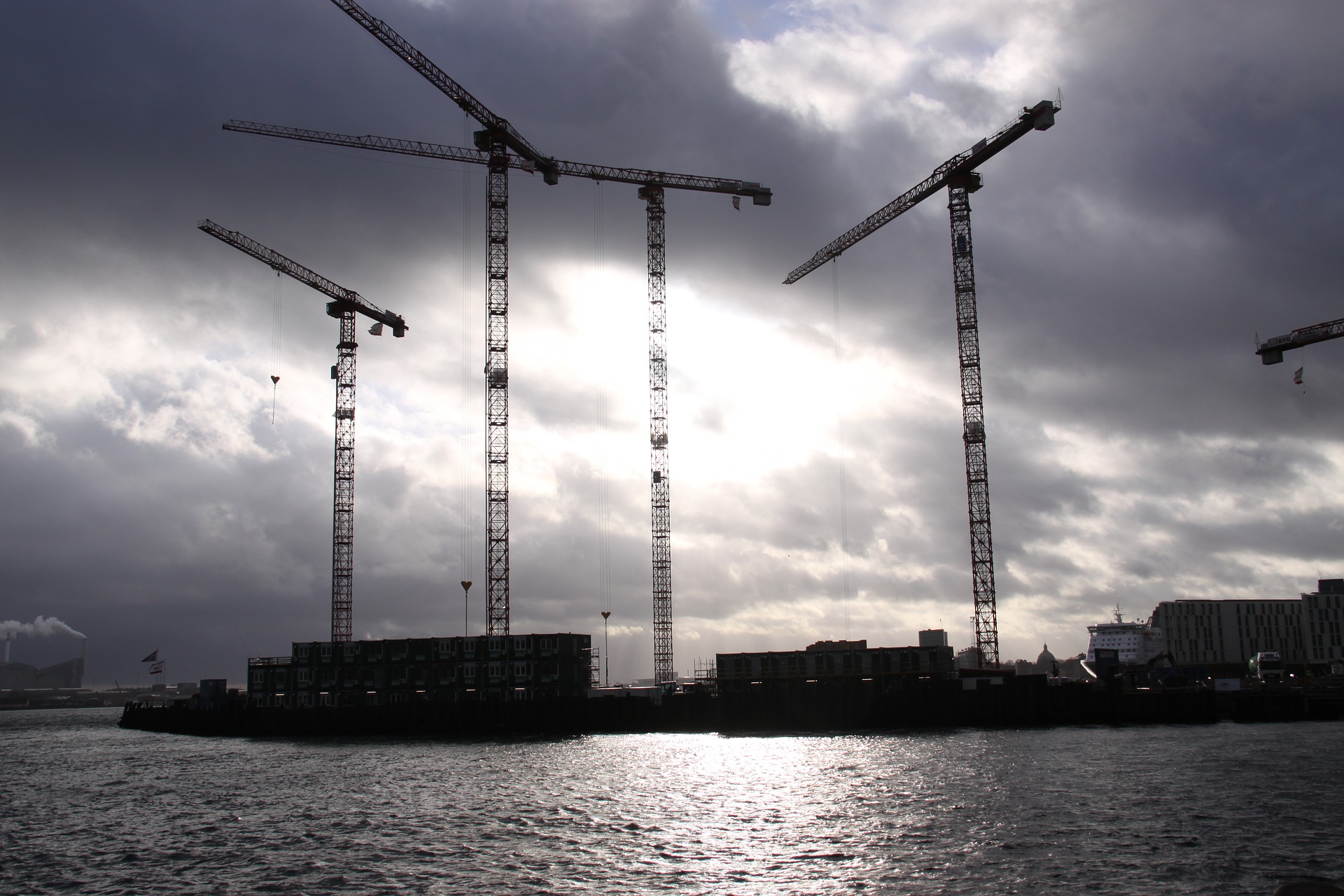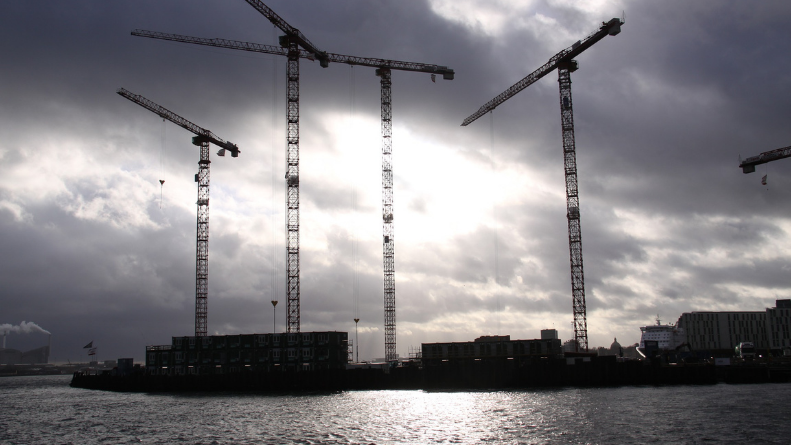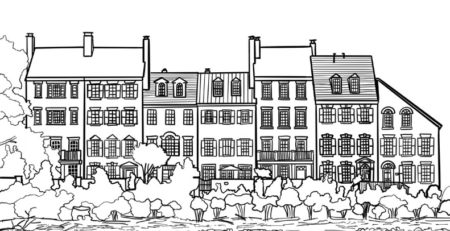Technological Advancements in Construction
We are seeing impressive technological advancements in construction over the past few years. Everything from how buildings are designed and constructed to the materials used is changing, and as well as construction professionals, investors should be aware of these fairly drastic advancements.
Technologies like Artificial Intelligence (AI), Virtual Reality (VR), Augmented Reality (AR), Big Data, modular construction, robots, robotic wearables, building automation systems (BAS), ground penetrating radar, 3-D printing, Building Information Modelling (BIM), Internet of Things (IoT), self-healing concrete, 5G, drones, and many more are increasingly making their way into how homes and commercial buildings are designed, built, and maintained.
“As a property investor,” said Jamie Johnson, CEO of FJP Investment, ” it’s a good idea to at least be acquainted with some of the most significant construction technologies, which is what this introduction endeavours to provide. So, the next time you look to invest in property, especially new builds, and you are presented with tech jargon on how the property was designed and built using the latest technology, you will have a grasp of what they are referring to.”
Background on technological innovation
Before we jump right into looking at some of these innovative technologies, it’s instructive to consider why the traditional brick-and-mortar construction industry is rapidly changing. The range of influencing factors is quite large, as one can easily imagine, but there are specific ones we can point to as an impetus for change and innovation.
Necessity – Climate change, resource pressures, rising costs, housing shortages, and improved safety all require the construction industry to find creative ways to reduce CO2 emissions and become more efficient with material use and waste.
Modular off-site construction, for example, allows for improved site safety, quicker turn around build times, lower costs, better efficient use of materials, and less waste for landfill sites. The UK is facing a housing crisis, so it’s no wonder the government has shown support and interest in technologies like modular off-site construction techniques.

Increasing capabilities of new technologies– Incredible new technologies provide new possibilities and opportunities in construction. New sensors, equipment, and software are becoming cheaper while simultaneously streamlining the construction process.
Start-ups – new opportunities are being introduced by tech trends, and start-ups bring valuable innovations to the table. To give an idea of the size of their contribution, a management consultancy report notes that over 1,200 start-ups in real estate and construction have received nearly $20 billion in funding since 2010.
A younger generation of techies – the property sector and especially the construction sector have been lagging in change. Being set in traditional brick-and-mortar ways, they have been slow to adopt change. However, younger generations of tech savvy professionals are quicker to adopt new digital tools and technology. With many jobs in construction now having tech-related requirements, younger people have a promising time ahead as they bring change and innovation to the industry.
Innovative Construction Technologies
With the background laid out, now it’s time to look at these technologies that are set to transform how our homes and workplaces will be designed, built, and maintained as we move forward. Some we will look at briefly and others more in depth.
High Definition (HD) and geolocation
It’s not uncommon for delays in construction projects to be due to discrepancies in ground conditions.
There are no new techniques available that utilise HD photography, 3D laser scanning, and geographic information systems. With these working technologies working together, accuracy and speed can be greatly enhanced.
5D Building Information Modelling (BIM)
A BIM helps the construction process by providing a digital representation of the building and project and is an accurate and reliable basis for collaboration and decision making throughout the project’s duration. 5D BIM can also add cost information to the digital model and help the construction team keep track of financing and control budgets.
In conjunction with BIM, augmented reality and virtual reality wearable devices can be used to augment and enhance the construction process. An architect, site manager, or interested investor, for example, could wear VR glasses and walk around the site before construction starts and gain an accurate representation and feel for the site.
BIM will have a dramatic impact on the construction industry with the capability to digitally represent the project development in a way that is open to all the project team and therefore encourages full collaboration.
Project members can collaborate on resource management, recommend changes, and allow for real-time communication throughout the project’s life cycle. Other challenges that can be collaborated on include quality control issues, budget control, and delays.
Augmented Reality
Both augmented reality and virtual reality are making a big appearance in the construction sector.
Augmented reality consists of superimposing a computer-generated image on a user’s view of their environment. You could walk around an empty new build house, for example, and see what it would look like fully furnished. As the name suggests, it digitally adds to someone’s view of the world. Virtual reality, on the other hand, works by replacing the real world with a computer-generated simulated environment.
AR can provide numerous benefits in construction, not least in health and safety. A worker could find useful operational and safety information about equipment displayed on their eyewear, as an example, which could warn them of any potential hazards. Furthermore, AR could warn workers of other site hazards and send them alerts as they navigate around the site, such as high temperatures or electrically charged surfaces.
AR can also be very useful in helping team members detect design and coordination errors, which is especially important as building designs become more complex and demanding. Working alongside BIM, AR will help project members discuss and solve issues by projecting BIM data via a visual platform.
Robots
Robots will become more common on construction sites everywhere. But don’t worry, they won’t be of the autonomous killer robot types we see in sci-fi movies like The Terminator!
With remarkable accuracy and precision, robots will be a great addition to any project team, especially in areas that are particularly hazardous. For example, robots are being used to help clean up the nuclear disaster in Japan, for example, by working in areas where human beings are unable to go.
Brick-laying robots are already in use, and many developers are becoming increasingly interested in this type of technology. They can lay bricks many times faster than human bricklayers can and with greater consistency, without having to stop for coffee or bathroom breaks.
Not just with brick laying, other types of robots will be performing tasks like tying rebar, collaborative, and logistic robots. Indeed, given the potentially hazardous environment of construction sites, robots are ideally suited to this type of work.
Smart wearables
Smart watch – a safety companion wristwatch that is able to detect falls, enable hands-free communication, and monitor health and activity.
Since falls are a leading cause of death and injury on construction sites, smart watches can detect falls and immediately alert the relevant personnel, making sure that help and response time is expedited.
Hands-free communication will improve site safety. This is particularly useful for site workers that are operating machinery.
The continuous monitoring of vital signs like heart rate, body temperature, and step counts helps reduce the likelihood of overexertion and fatigue. Some smart wearables can even record electrocardiograms to detect problematic heart rhythms or blood oxygen saturation levels to identify respiratory issues.
Smart hard hat – this innovative technology will not just help protect the head, it will also monitor fatigue, prevent micro sleeps, and detect collisions.
Smart helmets can detect fatigue by monitoring vital signs and alerting the wearer to take a break.
Monitoring brave waves via a band that is located inside the helmet, can alert the wearer that they are at risk of microsleep, a sudden moment of sleep which can occur in fatigued individuals.
Proximity sensors in the helmet and heavy equipment can alert the wearer and machine operators of potential collisions.
Modularisation and prefabrication
We will see more and more construction being done with modular and prefabricated components. An example of this technology in operation can be found in Dubai, where an office block was 3D printed in just 17 days with an additional 2 days on site for assembly.
Off-site modular construction technologies are like prefabrication. With its assembly line type manufacturing process, you can expect to see consistency in quality and output, especially where manufacturing is taking place inside a building away from the weather and elements. This technology allows for much faster construction times and, therefore, significant savings in construction costs.
As a result of these benefits from this technology, forward thinking construction companies have already begun adopting these methods in their daily operations. The new technology’s standardisation helps to reduce costs and lead times.
Additional advantages of these methods include their environmental friendliness because surplus materials used in construction may be recycled easily.
To summarise
The above technology trends appearing in construction afford the reader a glimpse into the innovation being used to build our homes and workplaces. They are by no means an exhaustive list and there are many more on the horizon, too.
ARE YOU READY TO START INVESTING?
Subscribe to our mailing list now for exclusive deals, investment guides and the latest information from the property market.







